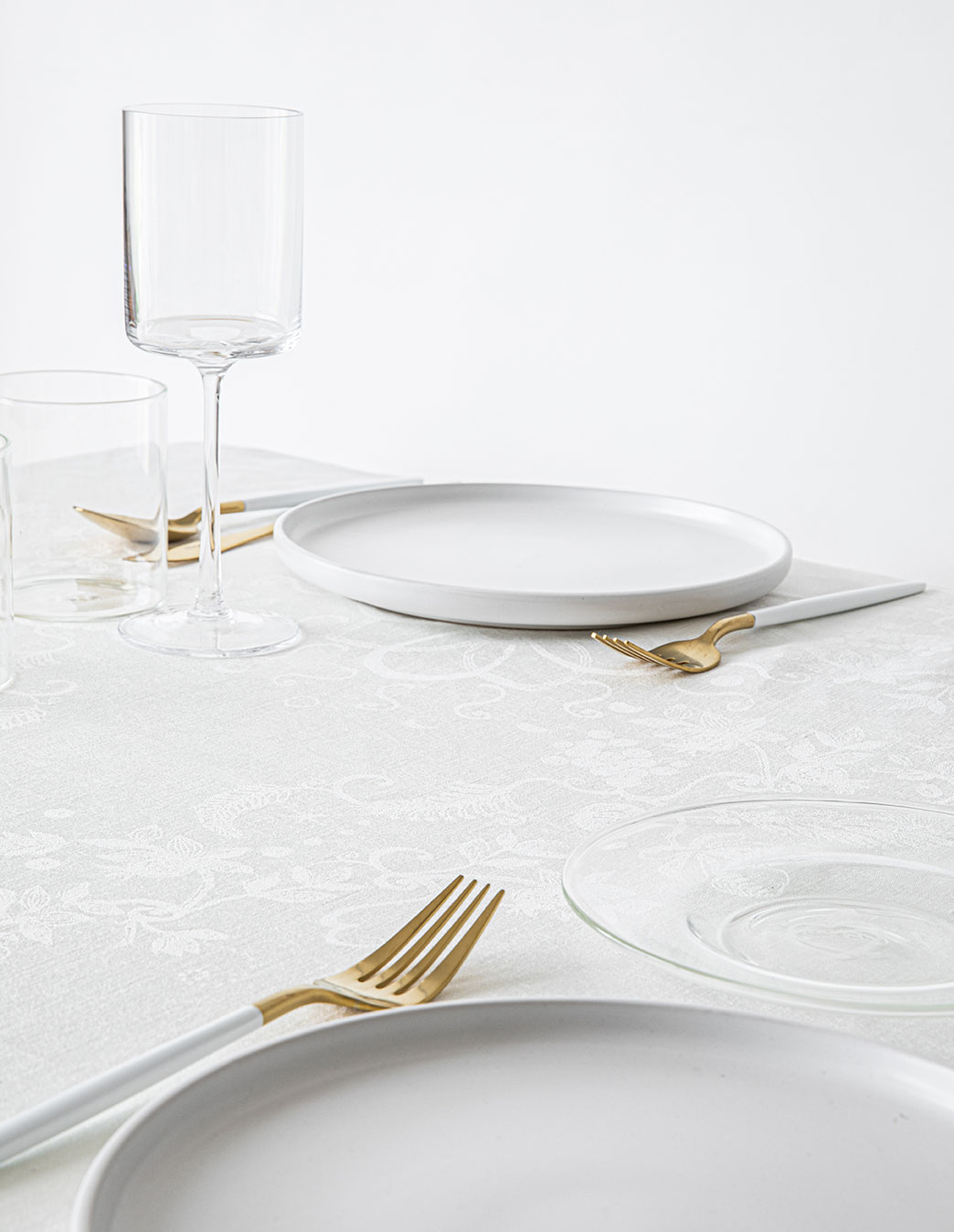Learn About Linen
Linen pieces make for a classic and beautiful heirloom to pass down through generations
Linen Composition
Linen is a sustainable textile made from the fibers of the flax plant. Cultivated in almost every country in the world, the flax plant has been used to make fabric for around 6000 years. The fabric is made by first removing or pulling the plant to extract its fibers, removing the seeds in a process called winnowing or rippling and then retting which is a process that removes the plant stock from its fibers. Once the shorter fibers are separated from the longer ones (that can reach up to 20 centimeters in length), they are aligned and then spun into a yarn and woven into fabric.


Linen in Israel
Evidence of the use of linen threads has been found in the region as early as 6500 BC. The cultivation of flax was recognized in the Middle East in ancient times for its with financial significance as an agricultural crop in Israel.
There are numerous references to linen in the Bible, including in a description of Solomon’s temple, in which the ark of the covenant is said to be kept behind a large screen of gold-embroidered linen fabric. During the Byzantine period flax cultivation was mostly replaced by cotton since cotton is easier to grow and was in higher demand. Linen became an import that arrived mainly from Egypt.
Linen is mentioned within several contexts in the Jewish tradition, namely the “Shatnez” prohibition, which refers to a cloth containing both wool and linen. The Cohen’s garments were made of linen and in the chapter “Bama Madlikin” in the Shabbat Tractate there is mention of the fact that it is permissible to use a “flake of linen” in the Shabbat candle as this helps to stabilize the flame. In the 1950’s, upon an initiative of Professor Menachem Levin, flax was again grown in Israel, and it cultivated on area of up to 20,000 dunams in the southern region until the late 1960’s.

The Benefits of Linen
The resulting linen textile is a particularly strong and absorbent fabric that dries quickly and is therefore valued for its use in hot weather garments, bedding lingerie and tablecloths. It is also a naturally porous and good conductor of heat. Linen fibers hold the dye well so it can be colored in any color. Another reason linen has been used for so long is the fact that it is naturally antibacterial and was used to create bandages and cleaning accessories.
The shortcoming of linen is that is has little elasticity and wrinkles easily. It is also slightly more expensive than cotton. Nonetheless linen remains as popular and smart a choice for home decorating accessories as it was when it was first discovered centuries ago.
Picture of Flax cultivation in Wiltshire, UK.
